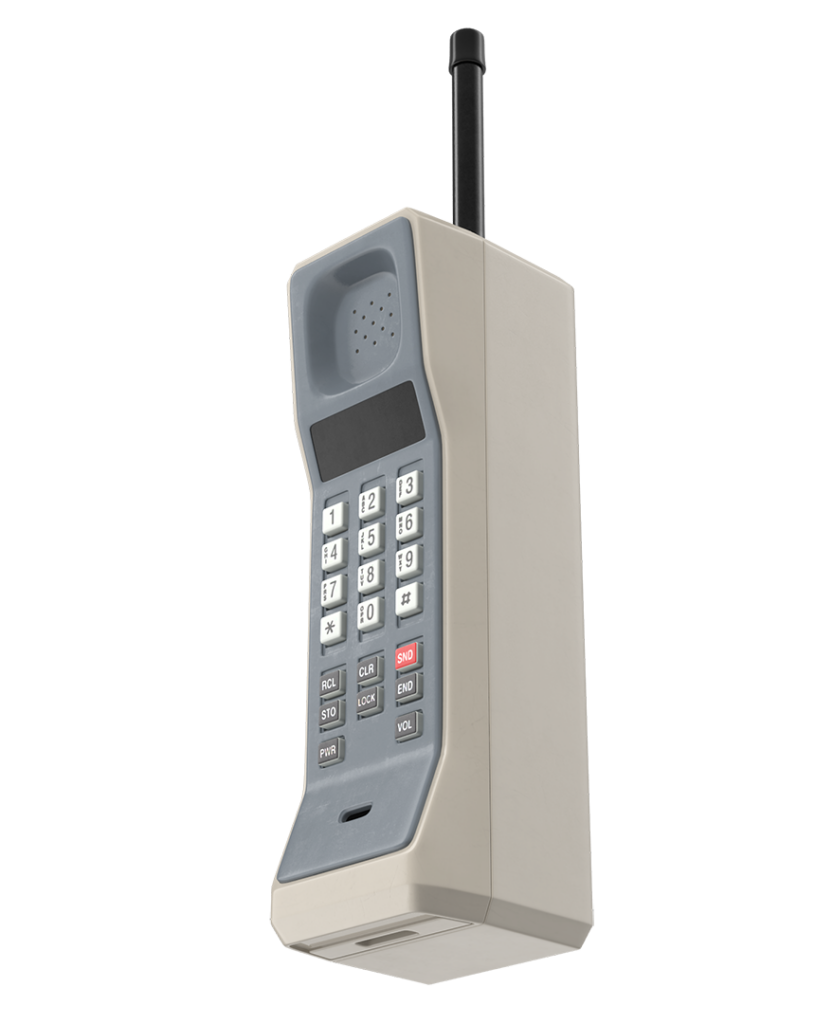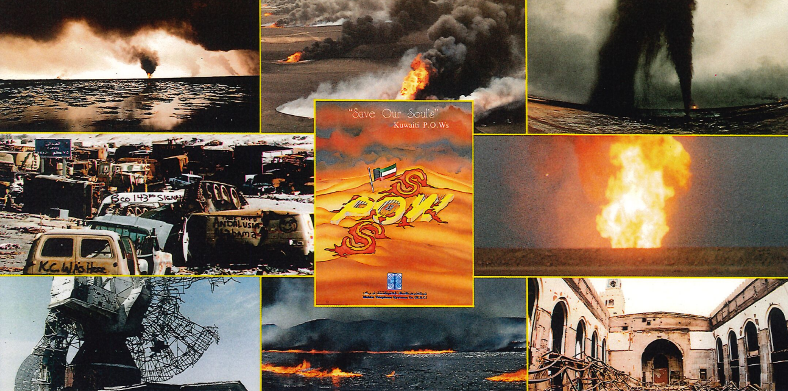Formerly known as MTC (Mobile Telecommunications Company), Zain was established by an Amiri Decree in 1983 with a capital of 25 million Kuwaiti Dinars. From inception, Zain’s aim was to pioneer the mobile telecommunications sector in the country, providing cellular services and connecting people through wireless communication. With a vision to expand beyond Kuwait to continue to foster development and create new opportunities for growth, Zain later embarked on a journey of regional and global expansion.
The company’s first mobile network Extended Total Access Communication (ETACS) also known as first-generation (1G) analog cellular technology, allowed for basic voice communication. The introduction of 1G technology in Kuwait marked a significant leap forward in the way people communicated. 1G technology brought the concept of wireless cellular communication to the country. With 1G, residents in Kuwait were able to make and receive mobile phone calls in addition to using a landline. However, there were drawbacks to 1G as coverage was not available everywhere and the sound quality was still considered weak in addition to the high cost of the service acquisition This technology nonetheless was considered revolutionary as it allowed individuals to connect and communicate on the go, bringing a new level of convenience and mobility to their daily lives. While 1G mostly focused on voice communication, it laid the foundation for further advancements in mobile technology.



